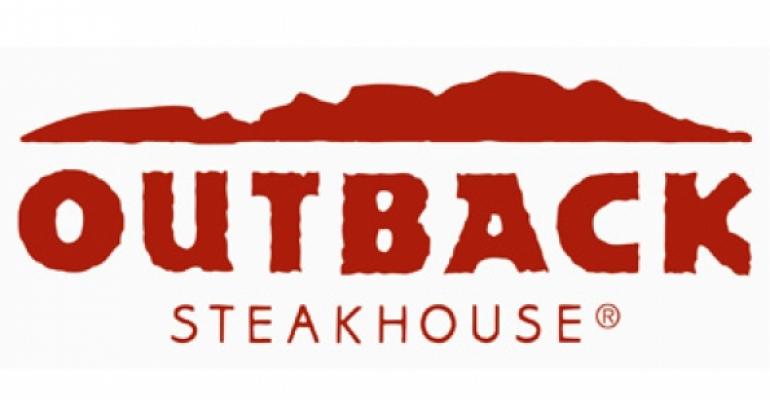 This post is part of the On the Margin blog.
This post is part of the On the Margin blog.
How big of a trend is restaurant delivery right now?
More than 80 percent of publicly traded restaurant chains, not counting pizza chains that already deliver, are at least testing delivery at the moment — based on an analysis of company earnings calls and announcements.
Those that don’t deliver include upscale steak chains where delivery probably makes no sense. In other words, nearly every publicly traded company where delivery could make sense are at least examining the service.
That makes delivery one of the fastest-moving trends in industry history. If not the fastest.
To be sure, the influx of third-party delivery services makes it simple. Companies have almost no risk in at least testing delivery at a few locations to see what happens.
To be sure, some restaurants are eschewing delivery companies altogether, preferring to take the Jimmy John’s route by employing their own drivers. Bloomin’ Brands Inc., owner of Outback Steakhouse, appears to be going in this direction. So is Panera Bread Co.
And it’s also clear that consumers really do want more convenience out of their restaurants.
Delivery traffic increased 2 percent in the first quarter, according to the market research firm NPD Group. Drive-thru traffic increased 3 percent. Total industry traffic, however, remained “steady” in the period. In other words, if you want traffic growth, you’d better be convenient.
Given the low risk of delivery tests, the number of companies already testing delivery, and consumers’ demand for convenience, executives have little choice but to jump on the bandwagon. Delivery is a defensive move.
The ultimate question is whether all of this is worth it. A number of restaurants that have added delivery say it yields a sales boost — as much as 50 percent in some locations.
Yet, as we’ve written before, many companies think it costs too much. Delivery companies take a commission from the restaurant on delivery, eating into the profits of those orders.
Incidentally, franchisees frequently bear the cost of these orders. That could set up tension between franchisors, which get royalties on sales and thus love the increase delivery could provide, and franchisees, who get less profit from delivery orders.
Customers also pay a fee, and that could limit operators’ ability to pass these costs on in the form of menu prices.
The other question is whether the sales are taking away other sales from the restaurant.
In other words, are restaurants trading more profitable, in-store business for less profitable delivery business? Companies pay those fees, and don’t really get the benefit of beverage orders that have higher margins — though some operators insist that delivery orders are bigger.
And companies insist sales increases are incremental and don’t take away from their other business. Casual dining companies like Cheesecake Factory Inc. and Bloomin’ Brands say the service generates incremental sales — which is good for a restaurant sector that has been losing business for more than a decade.
McDonald’s Corp. also says it’s incremental. McDonald’s says that 60 percent of delivery orders come in the evening or late night, when its sales are weakest.
Jonathan Maze, Nation’s Restaurant News senior financial editor, does not directly own stock or interest in a restaurant company.
Contact Jonathan Maze at [email protected]
Follow him on Twitter at @jonathanmaze





